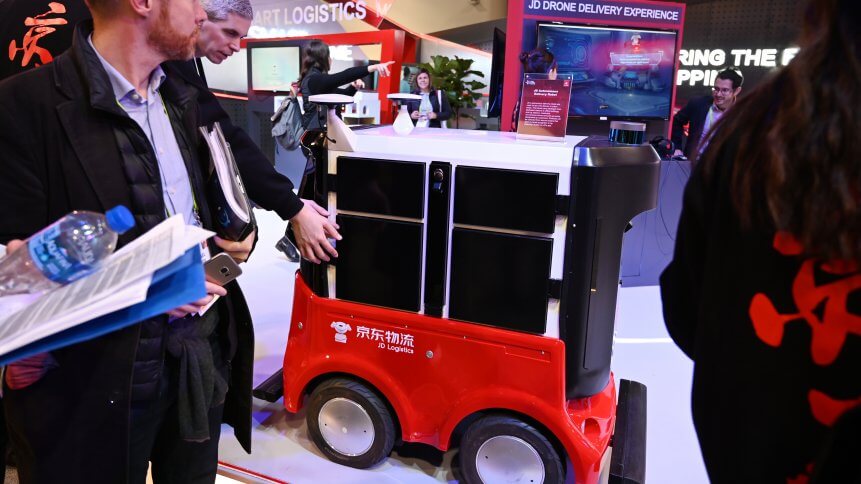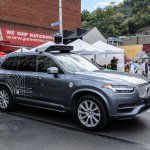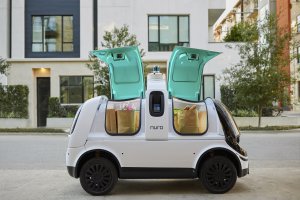Autonomous deliveries flex tech muscles amid outbreak

A growing list of nations such as the US, Denmark, France, and Malaysia have followed China’s lead, enforcing nationwide lockdowns.
As a result, communities are increasingly handicapped with restrictions on movement and mobility. Though supermarkets and essential businesses remain in operation, going to your local mart for groceries isn’t the same as before.
Recently, shoppers of online supermarket Ocado were placed in a “virtual queue” with a 15 minute wait time or more after a weekend of technical failure. The online retailer is struggling to cope with a surge of orders due to the pandemic.
With home delivery seeing spiking demand in recent days and the spread of stockpiling and panic buying, supermarkets and suppliers are struggling to cope with the demands.
In the thick of a global outbreak, various technologies are assembled to combat the disruption of the pandemic. And autonomous technology is one that can directly relieve the soaring demands of home deliveries and online shopping.
In China, autonomous vans played a pivotal role in delivering medical supplies and food to professionals battling the virus in the front line. Tech giant Meituan Dianping pushed forward initiatives such as ‘contactless delivery’ that can transport up to 100 kilograms of goods. Meanwhile, Beijing’s JD.com is capable of delivering more than half of Wuhan’s Ninth Hospital medical supplies, located at the epicenter of the current outbreak.
In the Western region, e-platforms like Uber Eats is offering a waive in delivery fees across the US and Canada. The tech giant’s move is stated to help local restaurants cope with staggering low businesses during the virus outbreak. Eliminating delivery fees give Uber Eats a competitive edge where home delivery of good and services are high on demand.
YOU MIGHT LIKE

How the autonomous ride-sharing market is heating up
Perhaps, in a timely manner, Uber’s restart on self-driving technology during a heightened need for autonomous delivery signals new opportunities in the market. At a time where consumers are advised to stay indoors, delivery services and solutions that can manage the demand safely will bloom and the integration of Uber’s autonomous technology and its food delivery app will be a sweet spot for hungry, digital-first consumers.
Similarly, Waymo’s CEO, John Krafcik, envisioned a future of autonomous last-mile deliveries, and said the company’s plans to advance in self-driving delivery services is “a natural extension of the autonomous drive technology.”
Getting a head start, Walmart has partnered with autonomous vehicle (AV) firm Nuro to deliver groceries right to customers’ doorsteps and plans for trails have been in place since last year.

Nuro’s autonomous delivery. Source: AFP
While a number of tech giants are increasingly getting an early grip on a lucrative market of autonomous deliveries, the sector could be prove to be invaluable not just in future smart cities.
Innovation can thrive in crisis – the autonomous vehicle developers may double-down on efforts in order to provide viable solutions that ease pressure on society and the economy on the long road to recovery.









